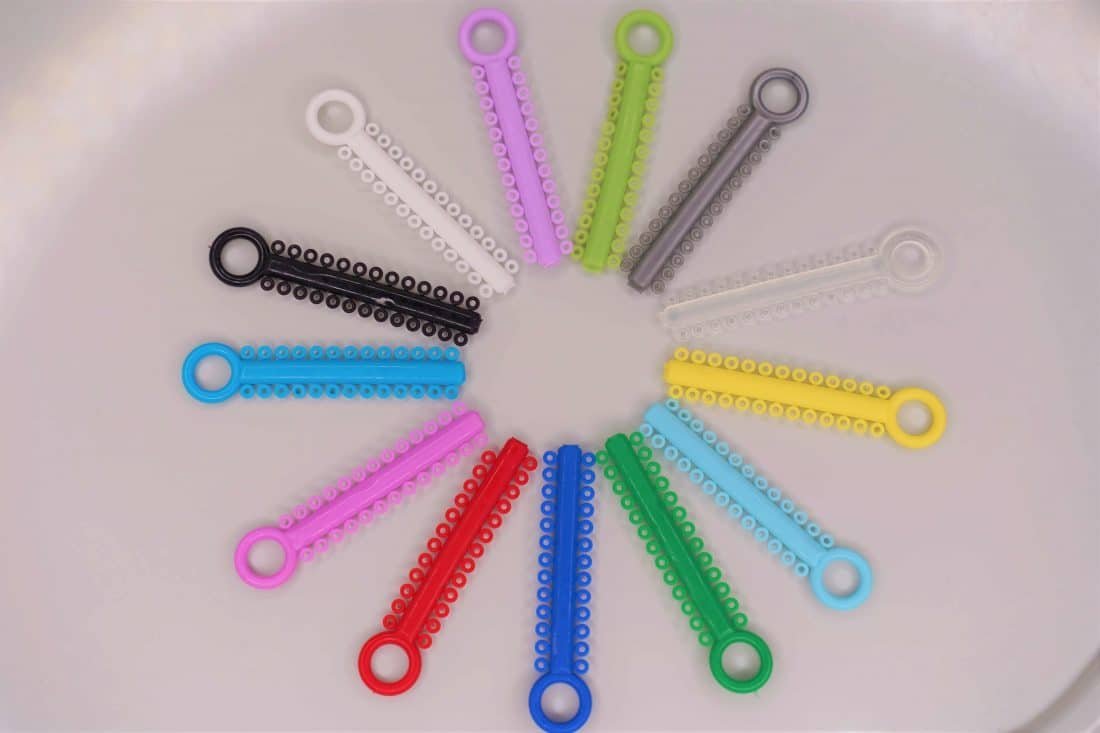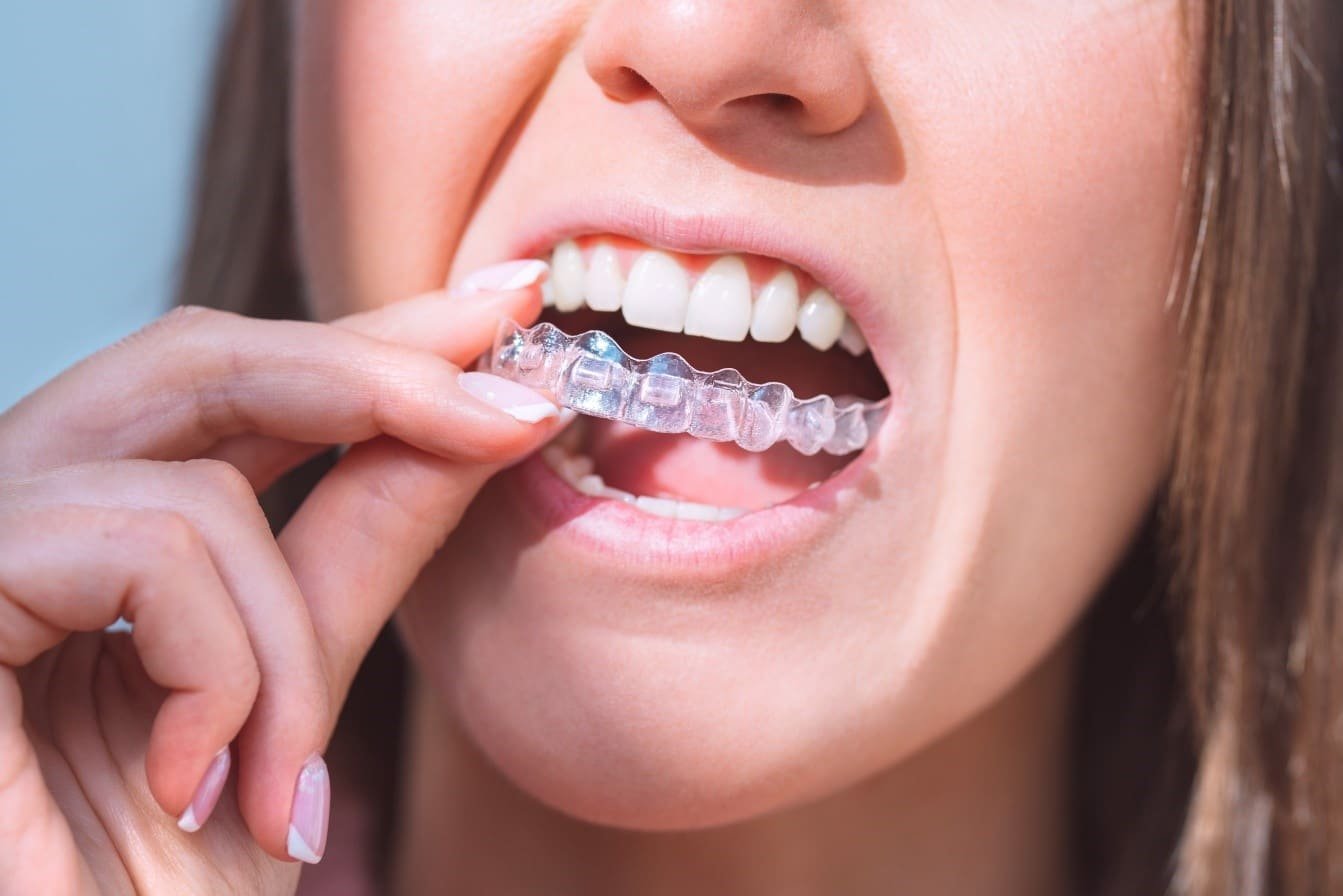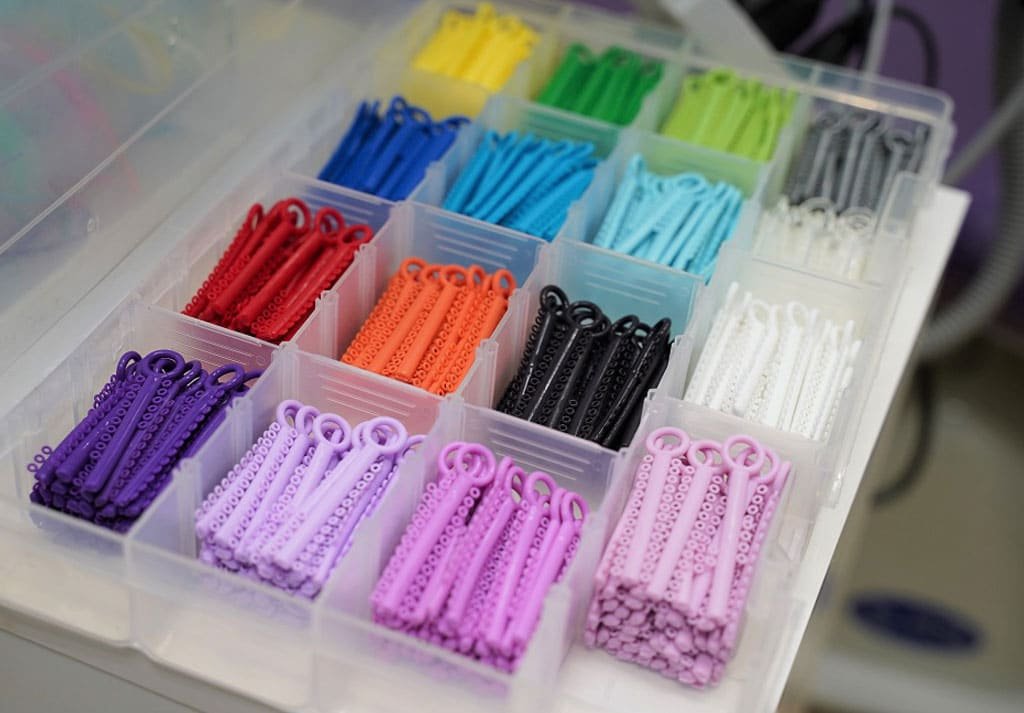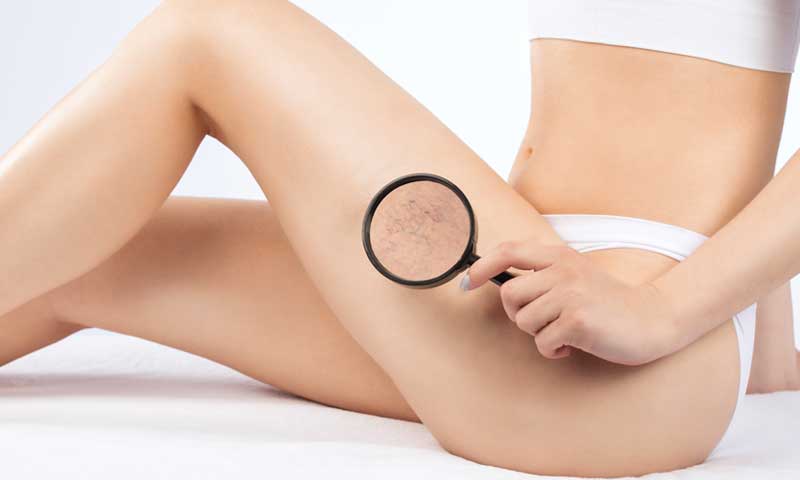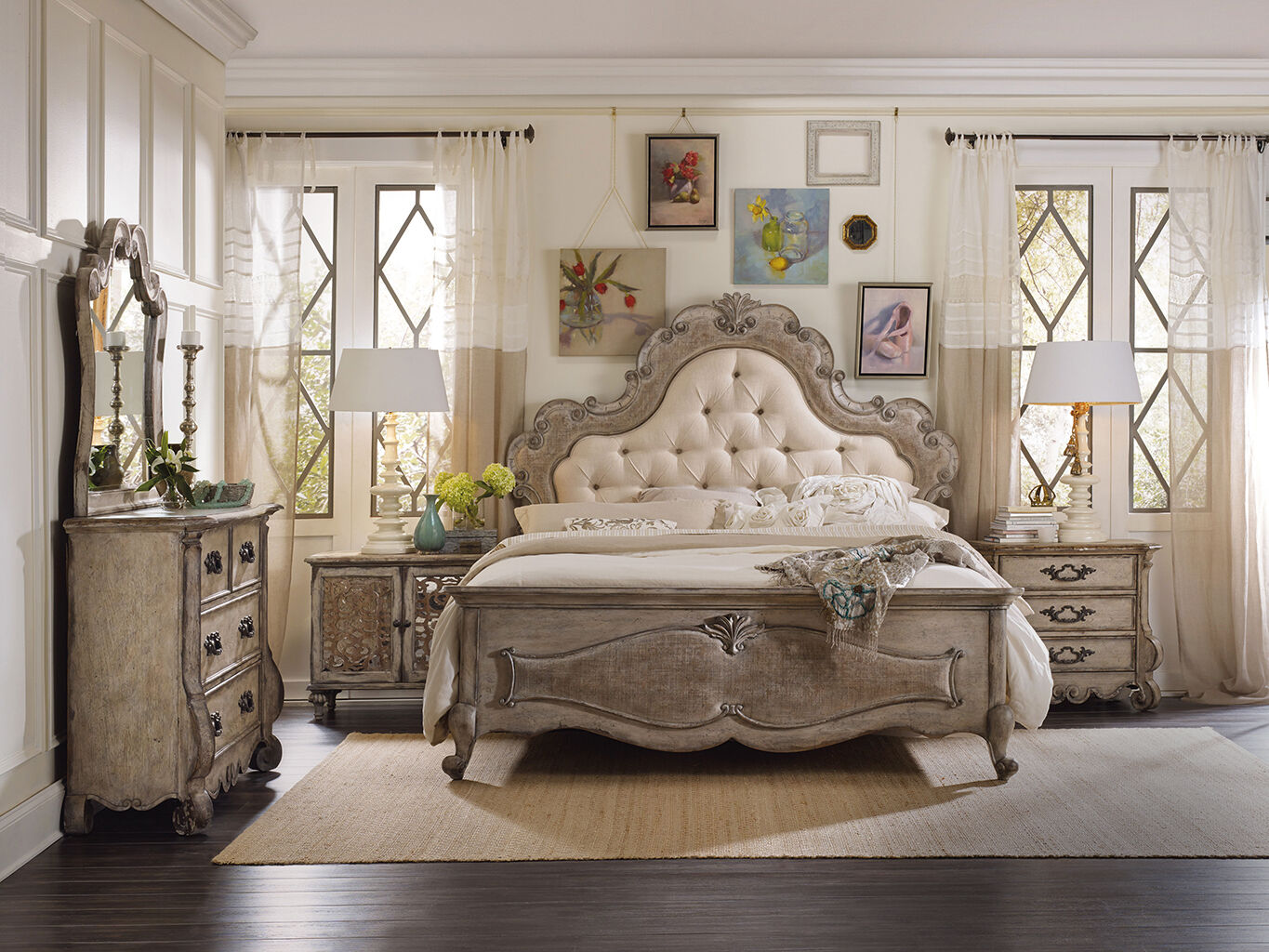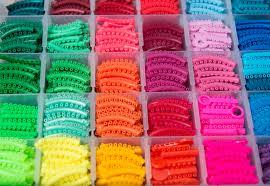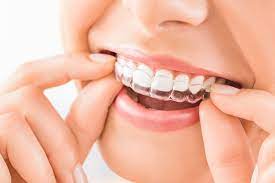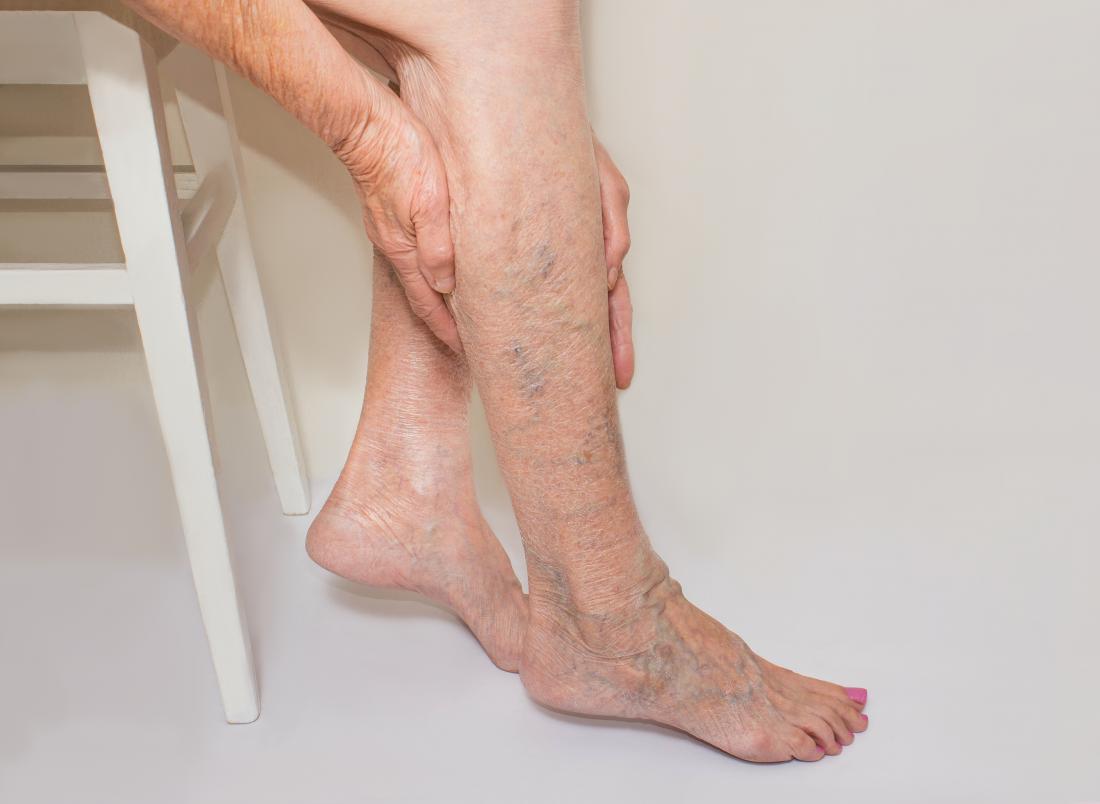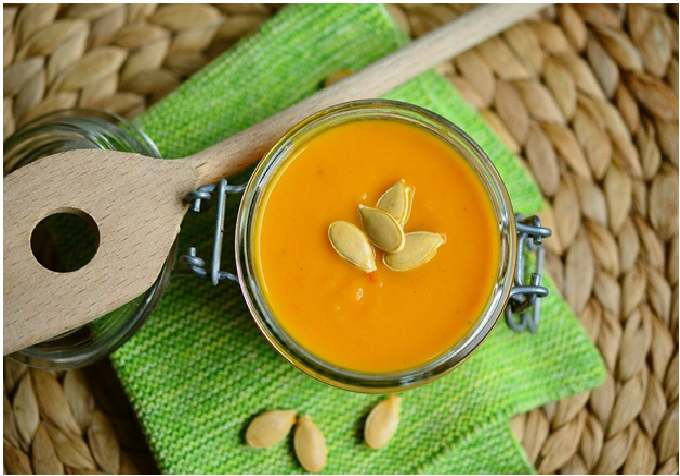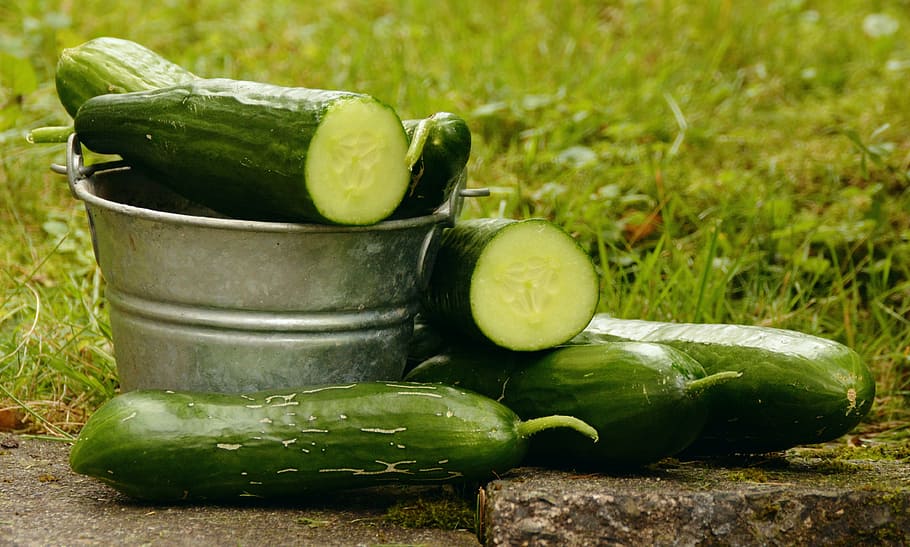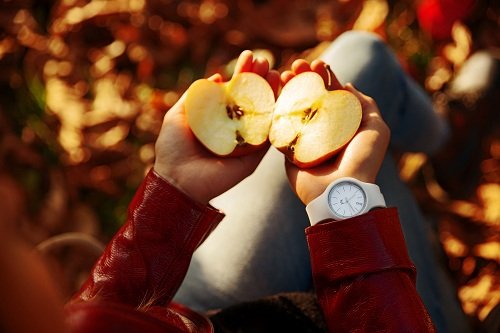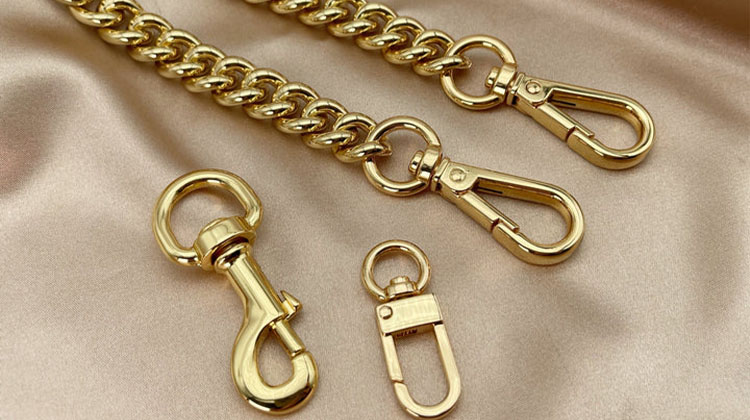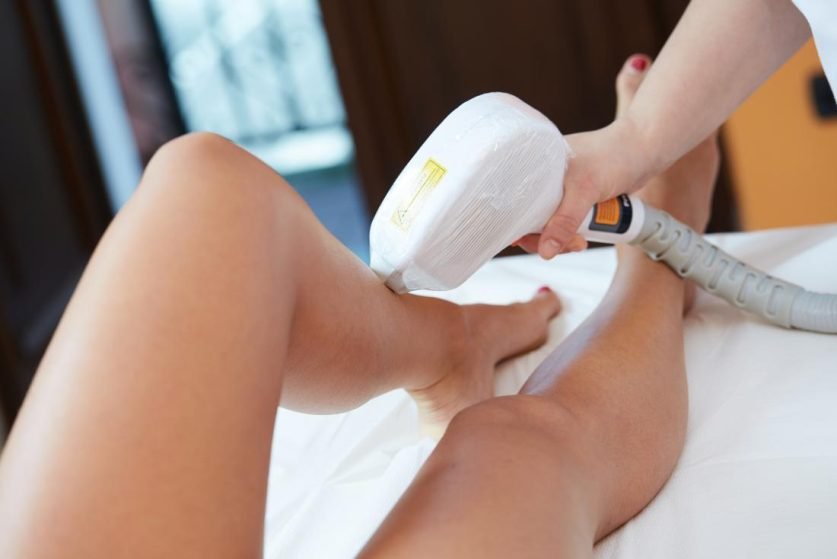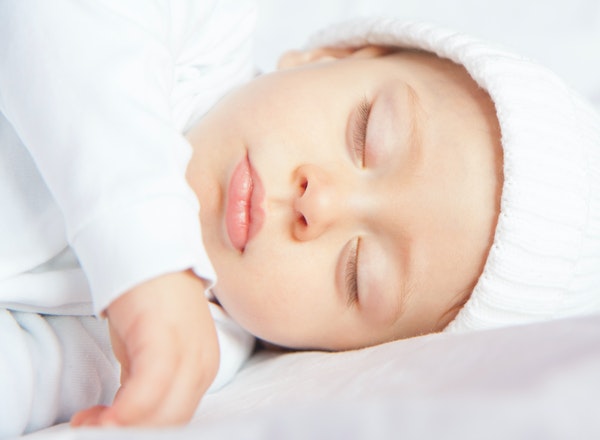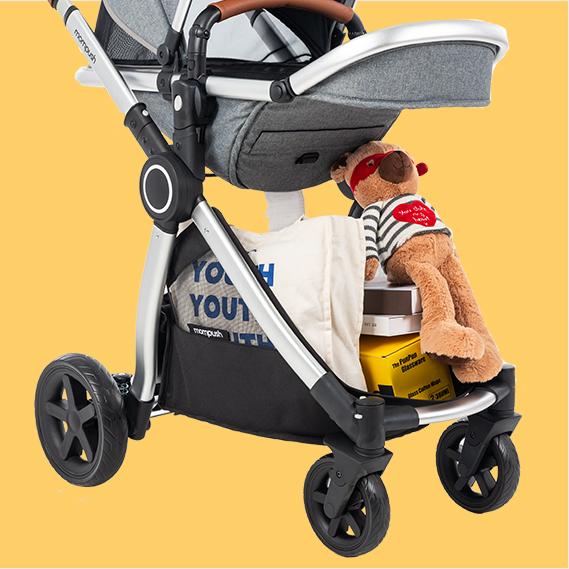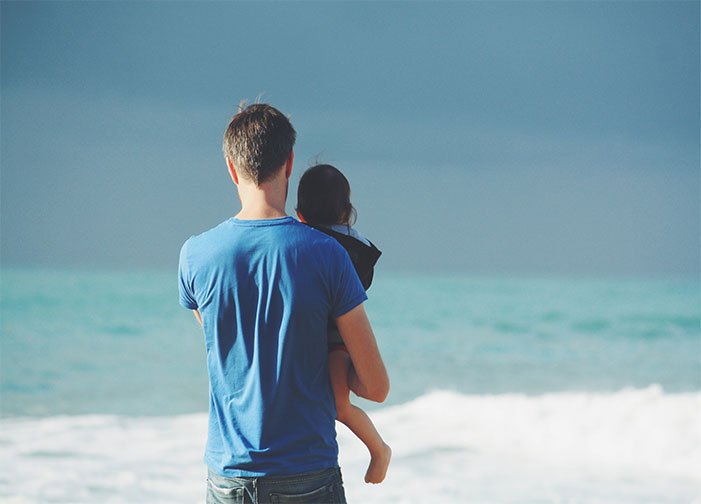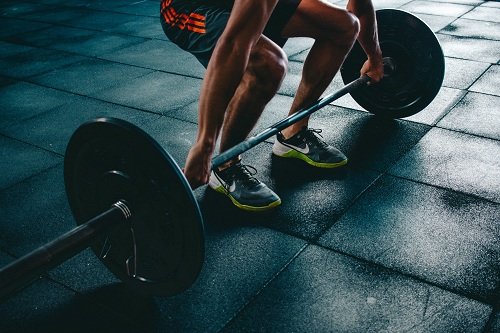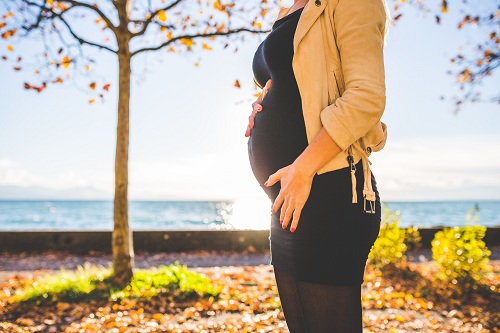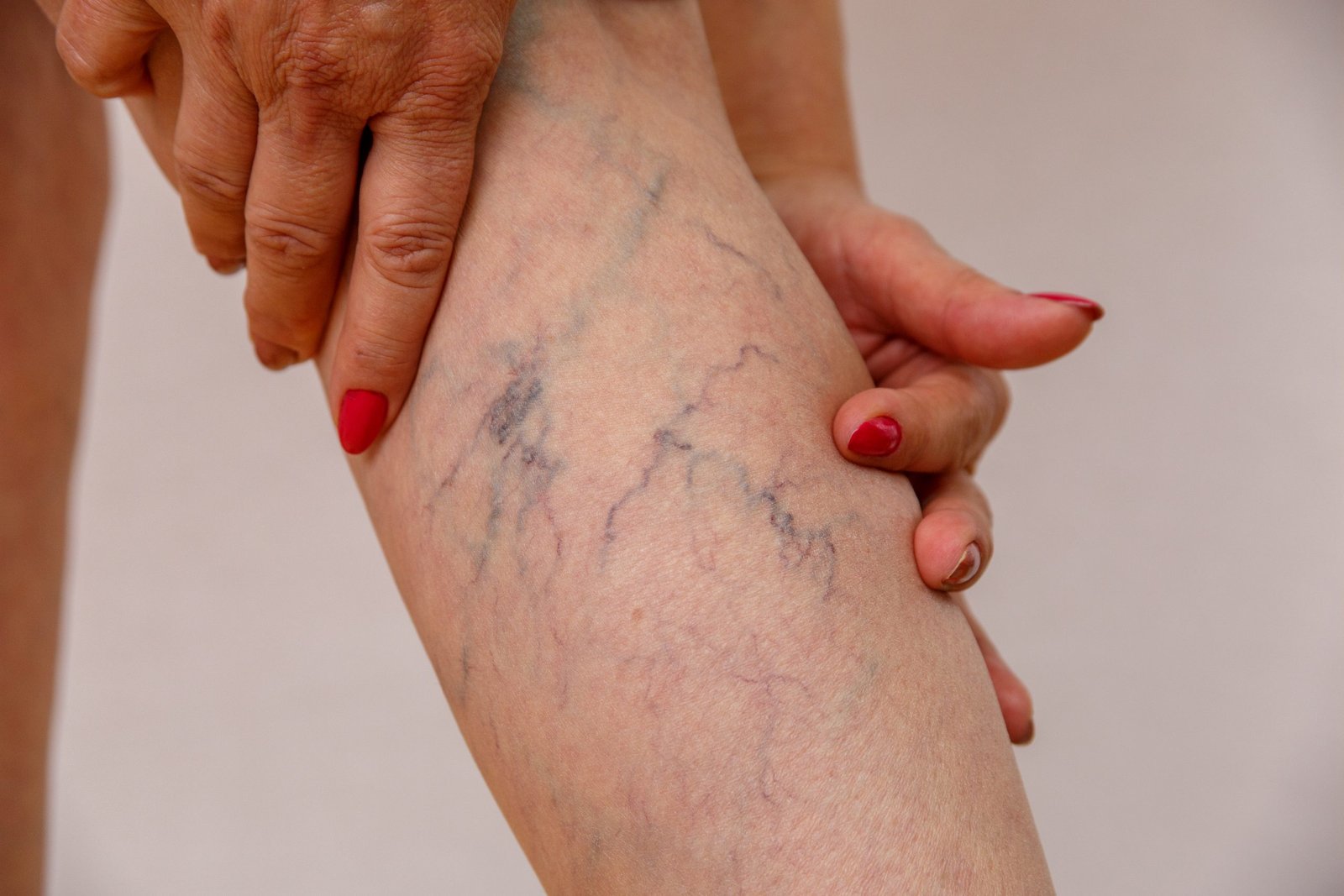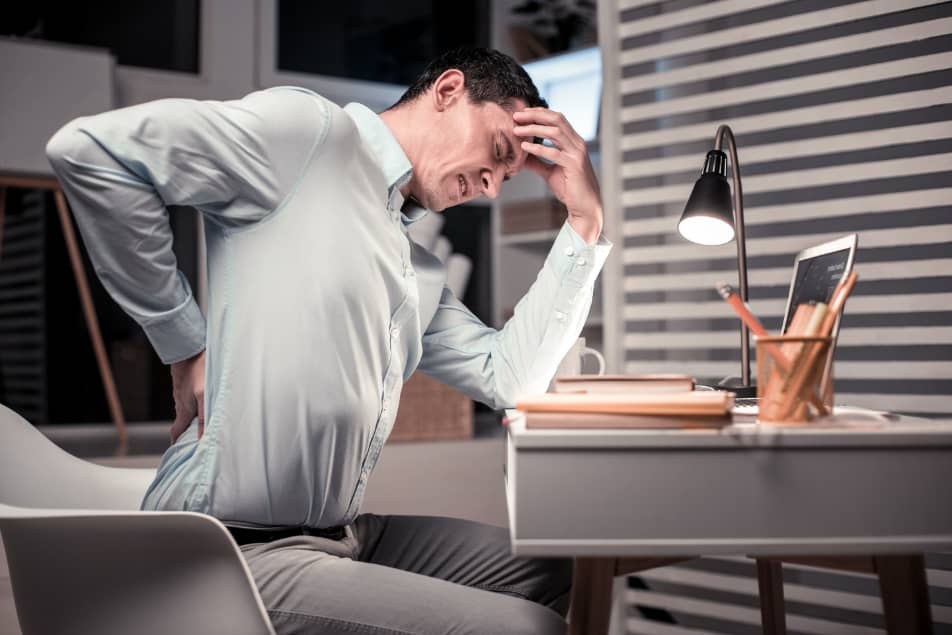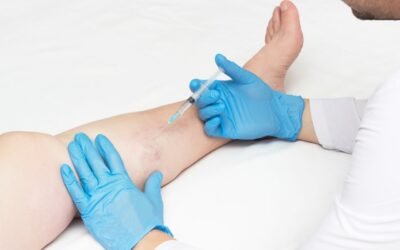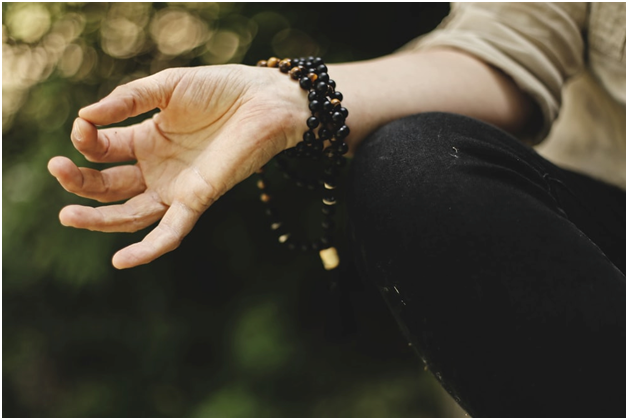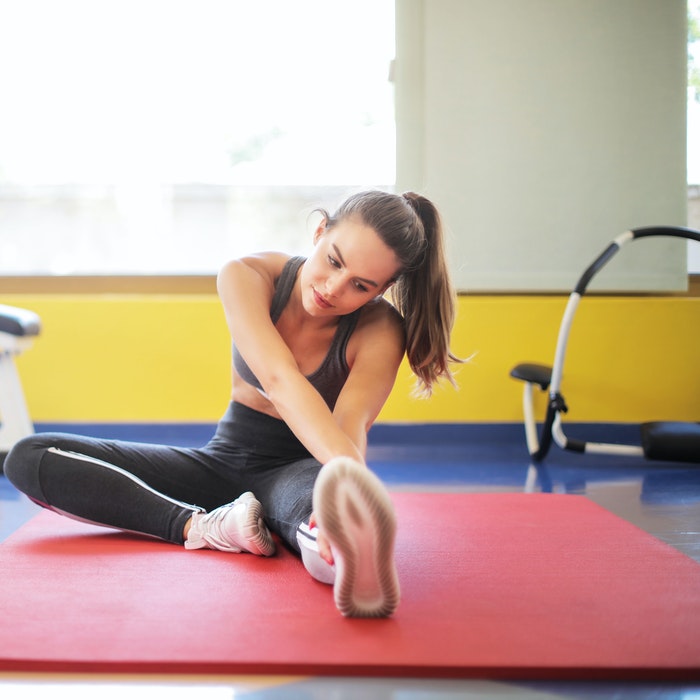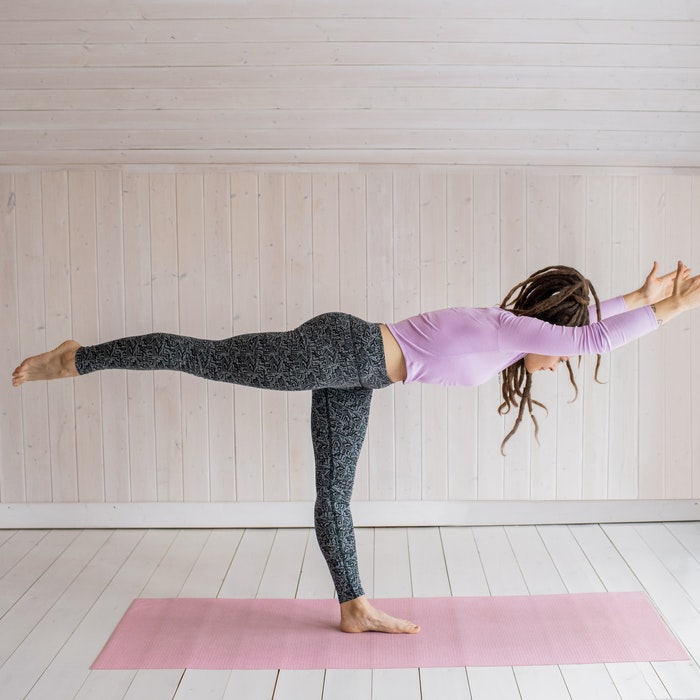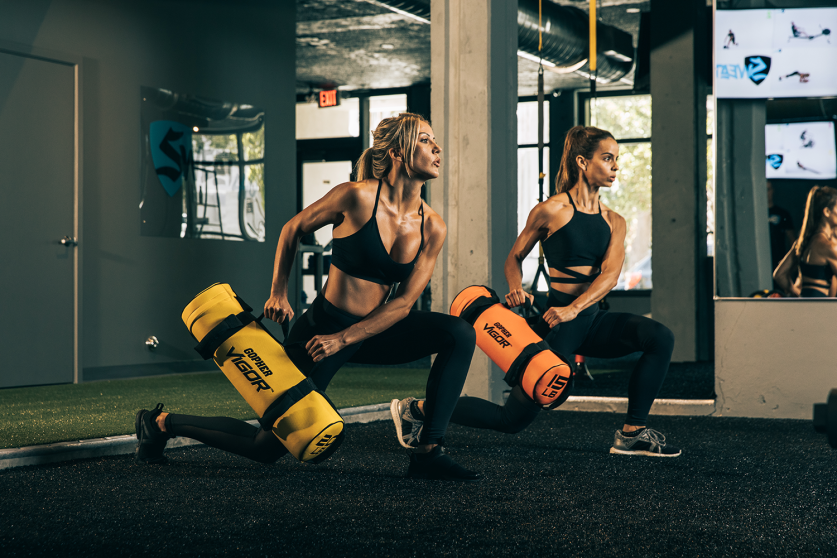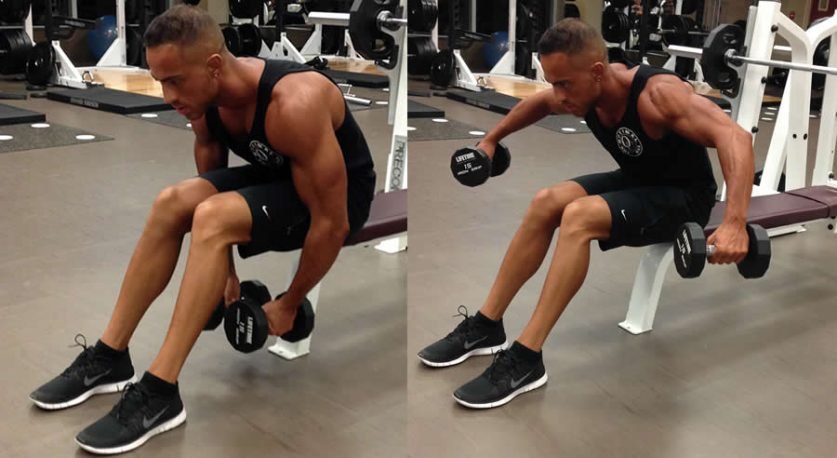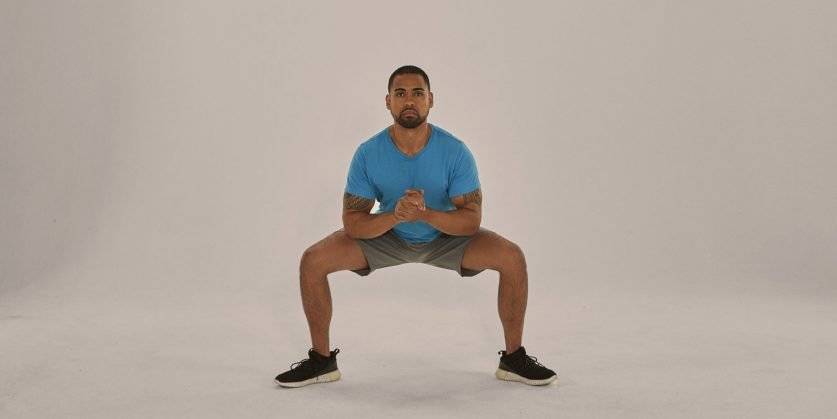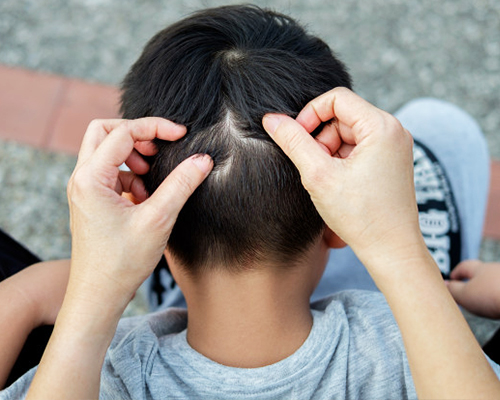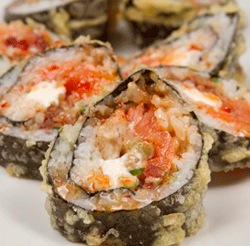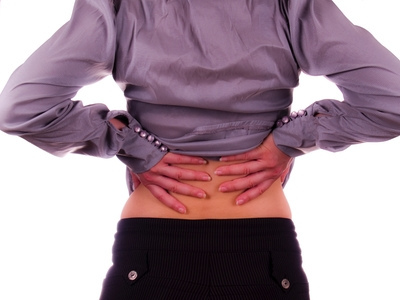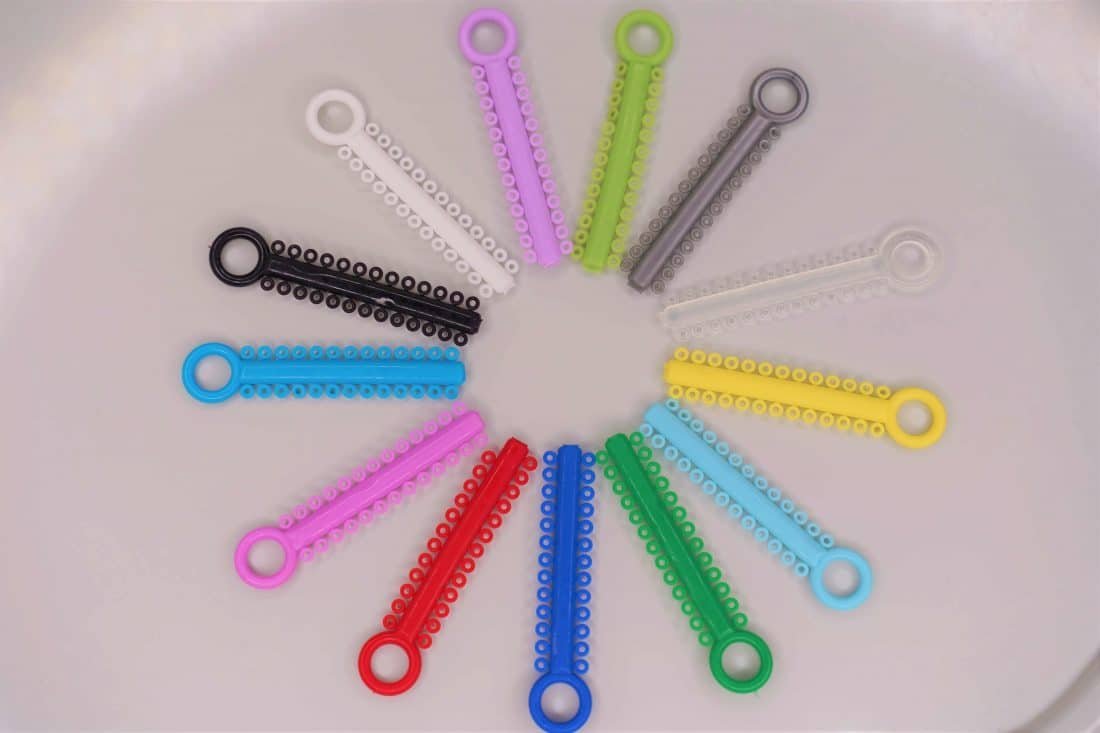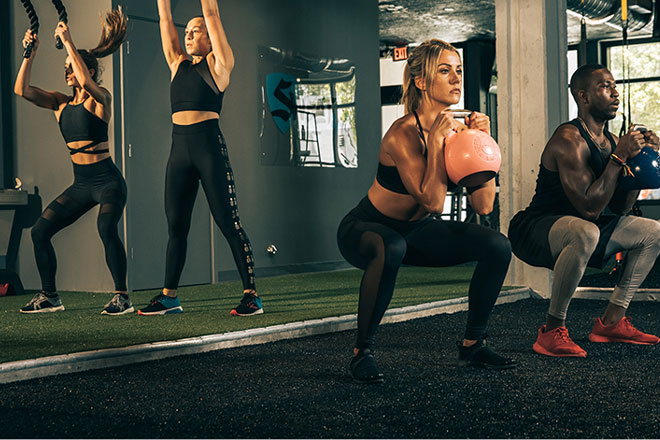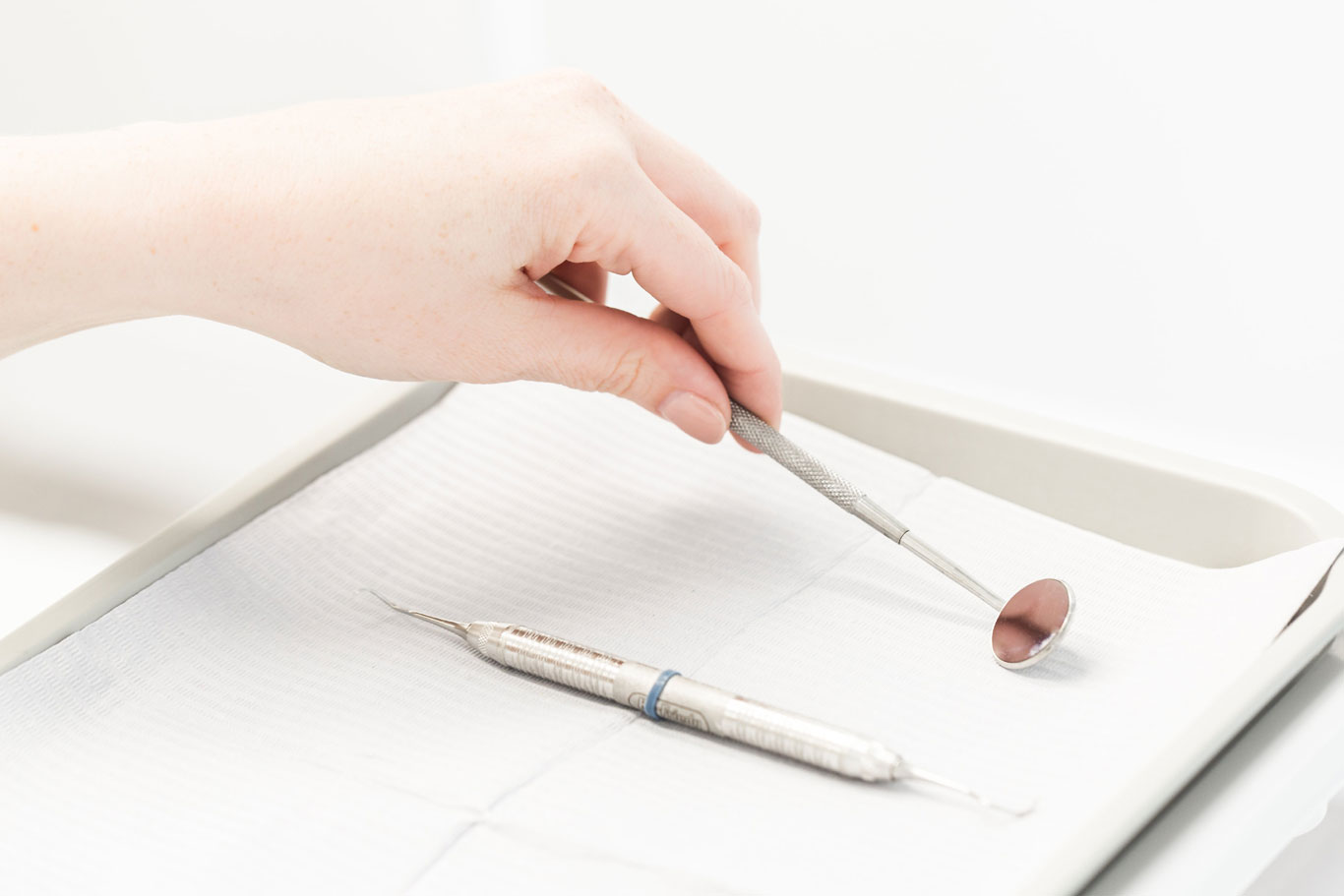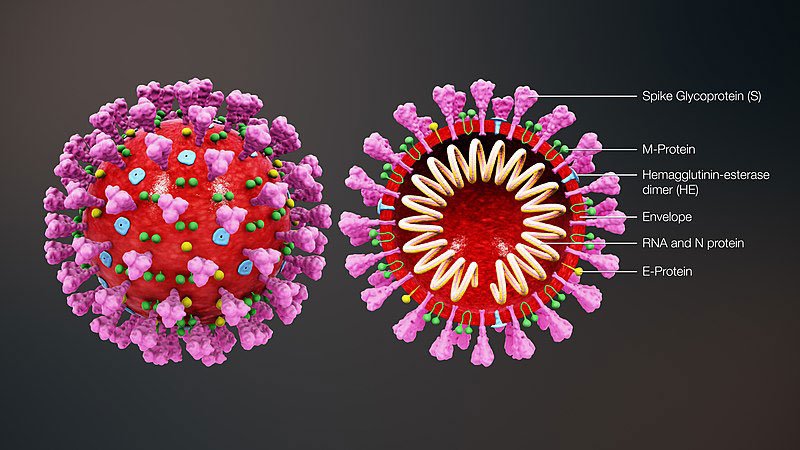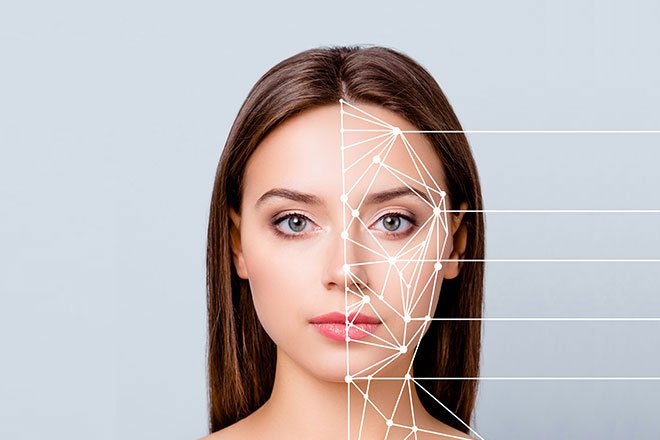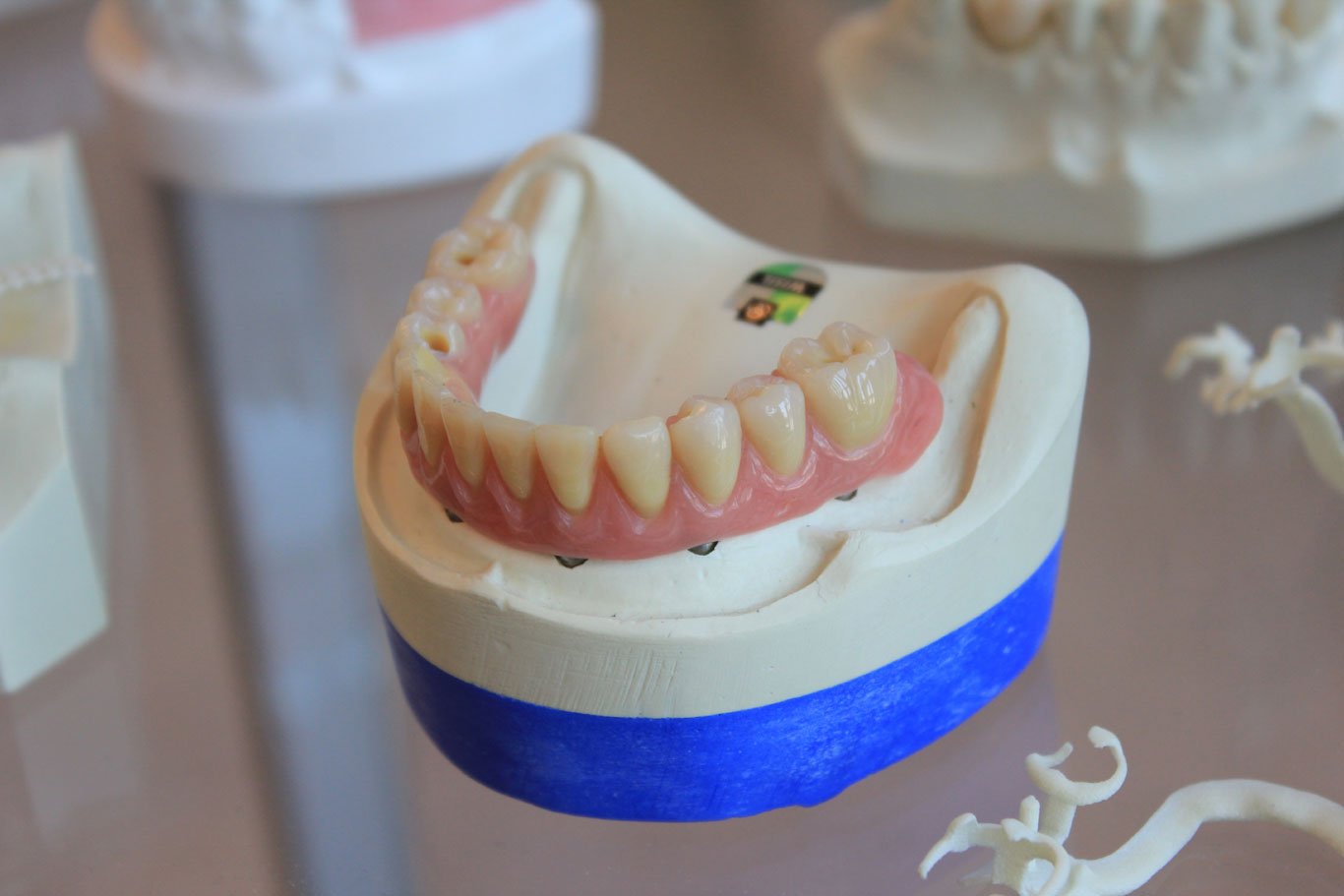Identify And Treatment For Head Lice
When it comes to head lice, children are much more vulnerable than adults. Children have much more personal contact with each other than adults do. Children also like to share items with each other like, comb, brushes and hats.
Just like when children are always getting sick, the same goes for them getting head lice. They usually pick it up from other children when they play with each other or gather together at the playground, school, daycare centers and other places.
Head lice are not like fleas, they can’t jump or fly. What they do is they attach themselves to articles of clothing such as, coats, scarves, hats, jackets, shirts and other items. They will also cling to hairbrushes and other items that children use in their hair. As soon as head lice come into contact with a human being, they cling to them.
Children can also get head lice from another child by sleeping over a friends house that are infested with lice. They can pick it up from pillows, bed linen, blankets, couches and chairs. By themselves, head lice have about a three day life span. When you suspect that your child has head lice, you can examine their scalp by taking a comb and parting their hair. Using a bright light and a magnifying glass, look at the hair strands closest to the scalp.
Head lice can be difficult to find because of there rapid movement. If you can’t spot any of them, look for lice eggs. They will be tanish or brown in color and they will be noticeable around the shaft of the hair close to the scalp.
There are certain areas that may have more lice than the top part of the scalp and those are around the collar part of the neck or nape and back behind the ears. You really have to look all over the head area very well.
Even though your child isn’t scratching their head, it doesnt mean that they do not have lice. The itching part isn’t something that starts right away. It could take awile before the head lice get bad enough to cause that desire to scratch their head. Just because your child scratches their head from time to time, it doesn’t necessarily mean that they have head lice.
If you begin to notice a development of small, red bumps on your child’s scalp from scratching, this could be a good indication that they have head lice. It is possible for these bumps to get infected. Look for a yellowish or clear liquid oozing from the bumps, they may also have a crust like substance over them. If you notice this, you should take your child to see a doctor for further examination and medication for treatment of this condition.
During school season or if your child attends a preschool or a daycare, you may want to check their scalp for lice on a regular basis. The reason for this regular checkup is because it could take up to a few weeks before they manifest themselves to cause a problem.
Treatment
You can ask your doctor what they recommend to solve your lice problem. It may be a lotion, a medicated shampoo or a cream rinse. Some of these are prescription only, but others you can readily pick up at the drug store. These treatments need to kill the lice, as well as the nits. Even after the treatment, itching may persist for a few days.
Follow the instructions to the letter, it is very important that you do this to get rid of the lice and nits. Also, since these treatments are made up of insecticides, you don’t want to over do it and bring harm to your child.
When the time comes to remove the lice and nits, wet the hair down and apply a cream rinse. The wetness of the hair will keep the lice in place until you run a bug comb through their hair. The cream rinse is used so that the fine teeth of the comb will easily flow through the hair.
Make sure that you wash or dry clean all clothing, stuffed animals, hair combs and brushes, bed linen and pillows. Vacuum your carpets and furniture.
Preventing Head Lice
The best way to prevent your child from getting head lice is to educate them on how they can be passed from one person to another.

